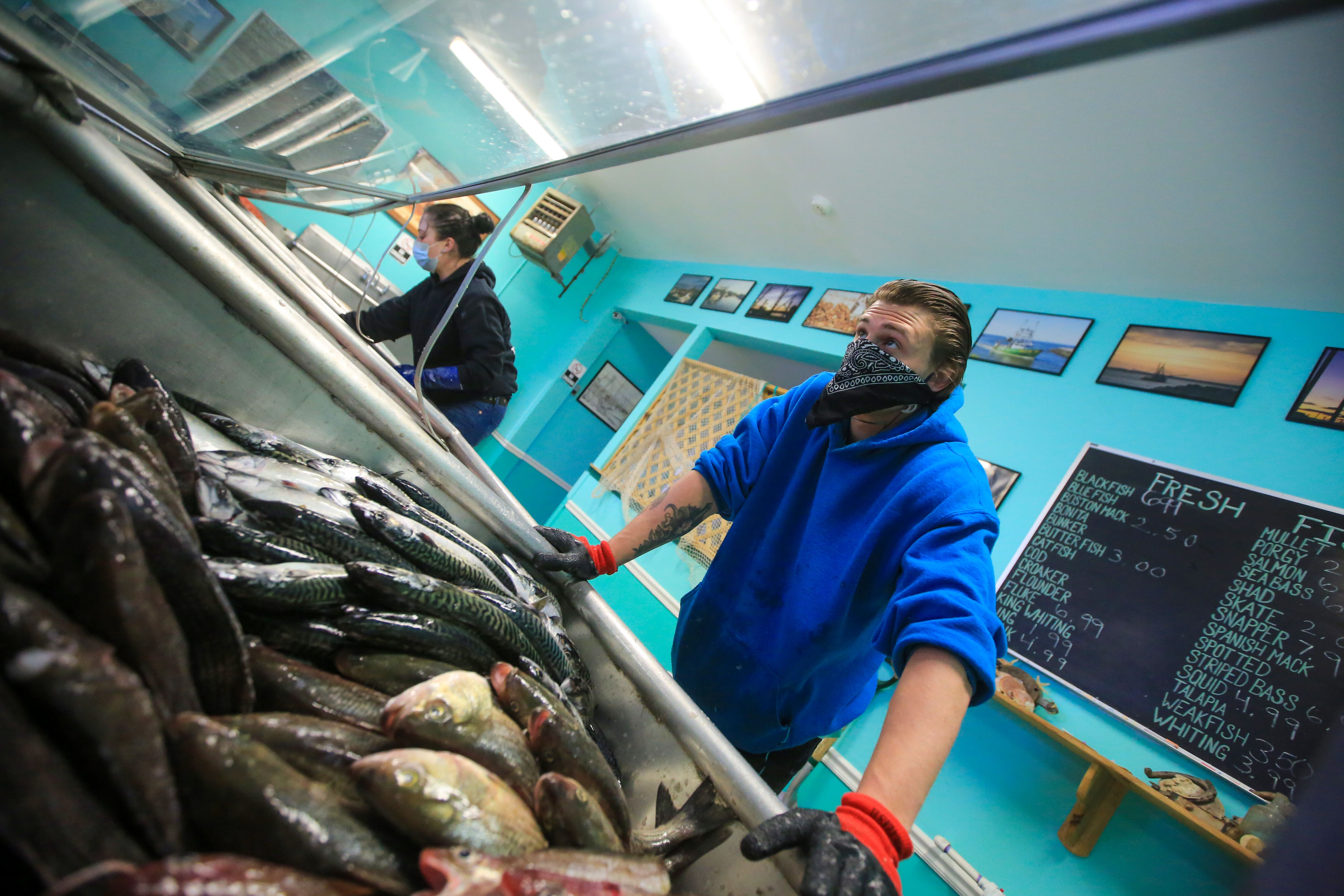

As restaurants reopen, people are quick to assume that means we’re back to normal.

“The narrative was absolutely supported last year when we had shuttered restaurants on a Saturday night in every town in America. “Unfortunately, the optics don’t fit the narrative right now,” National Restaurant Association Executive Vice President of Public Affairs Sean Kennedy said in a recent webinar regarding the RRF.
BIG FISH RESTAURANT RUSH FULL
Many say that restaurants seem to be on better footing this summer as reservations seem hard to get and restaurants appear full during rush hours. Yet, many of our federal legislators don’t seem to grasp the severity of the situation at hand. The reality of the situation is simply unacceptable, especially when considering the trillions of dollars in aid that has been appropriated over the past year and the billions in programs like PPP and Economic Injury Disaster Loans (EIDL) that went unallocated. And the $28.6 billion in the fund was exhausted in just a few days, leaving more than 60% of applicants without aid, including hundreds in Delaware. A three-week priority period for underrepresented entrepreneurs was ultimately scuttled following a challenge in court, leading a few thousand approved recipients to be reconsidered. Much like the SBA’s previous Paycheck Protection Program (PPP), the RRF grants do not need to be repaid but must be spent by March 2023.Īlso like the PPP, the RRF was riddled with issues from the get-go. The program sought to provide restaurants with funding equal to their pandemic-related revenue loss up to $10 million per business and no more than $5 million per physical location. Small Business Administration to provide funding to help restaurants and other eligible businesses keep their doors open. The Biden administration’s American Rescue Plan established the Restaurant Revitalization Fund (RRF) under the U.S.

I bring these issues up only to say that aside from the hassle of ensuring compliance with constantly changing government mandates, trying to find enough help to keep your doors open, and finding inventory cheap enough to turn a profit, the last thing a restaurateur should have to worry about is whether the government aid created specifically for them will arrive as promised. A hiring crisis has unfolded as many former restaurant workers have chosen not to return to the industry and efforts to attract new workers have been stymied by enhanced unemployment benefits set to continue running through the end of this summer. It is also still down between 1.3 million and 1.5 million jobs from pre-pandemic periods, including about 6,900 jobs in Delaware.Īccording to a recent National Restaurant Association survey, about 39% of restaurateurs were unsure of whether they would be able to pay their rent in June, potentially putting them at risk of closing.Īs the effects of the pandemic eased this spring and early summer, restaurateurs were challenged in new ways. The industry has lost an estimated $300 billion in sales versus anticipated revenues since the pandemic began, including more than $1 billion in Delaware, according to the national and state restaurant associations. It’s no secret that America’s restaurants have suffered among the worst economic damage during the COVID-19 pandemic over the past 18 months or so.


 0 kommentar(er)
0 kommentar(er)
